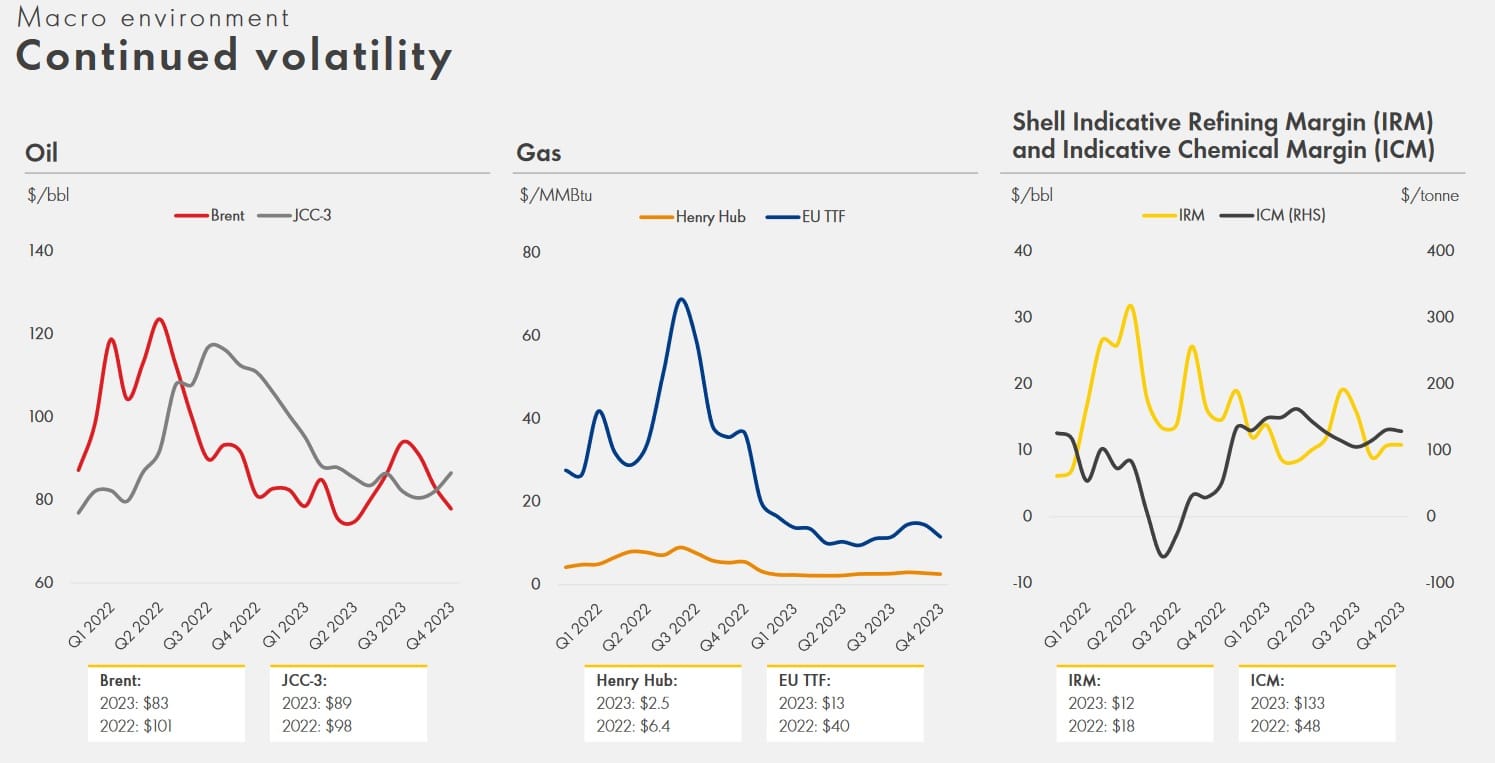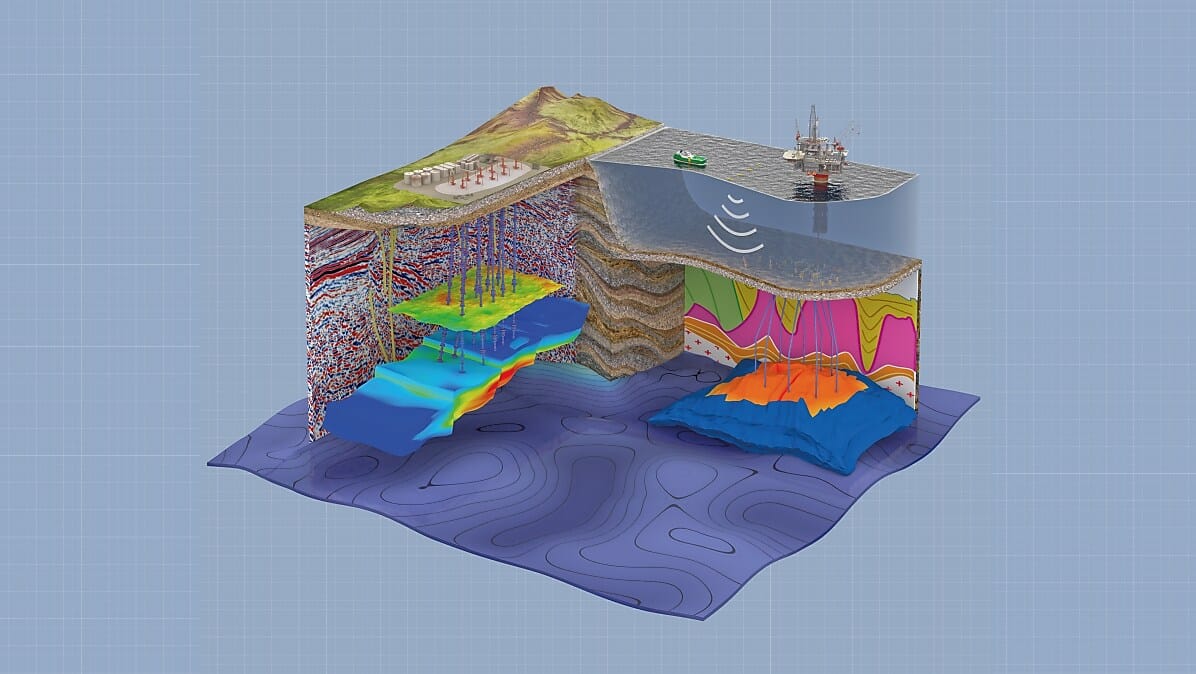Oil and gas supermajor Shell says sensors across its infrastructure are now collecting “over five trillion rows of data” to power its AI models.
This is allowing it to intervene early across its infrastructure and also drive efficiencies, CEO Wael Sawan told analysts on a February 1 earnings call.
But he warned that his IT function was facing a sharp cost focus.
“We just need to get sharper on cost. What we are doing there is, for example, reducing our IT spend as part of a broader corporate focus program on IT, where we have in essence, reduced some 35% of our IT contractors, some 3,000 people since middle of last year – and really getting much sharper on where we want to focus our scarce IT dollars.”

Shell has made a big play for the cloud, moving petabytes of subsurface and well data to a single, cloud-hosted database, the SDU data platform and since 2018 collaborated with AWS on its OSDU data platform, which aims to facilitate cross-industry sharing of certain subsurface data and enable it to run more machine learning tasks on its expansive datasets.
(“Companies compete on data gathering and analysis, not on the form of data storage” as former Shell Group CIO Jay Croutts earlier put it.)
See also: Digital and data? We’re going large, says McDonalds’ CEO, as new CIO vows new OS, GenAI, "data highway"
Shell’s investment in digital initiatives are led by Group CIO Robbert Van Rutten (previously CISO, a less common career progression than some might think.) He was appointed in early 2023 and oversees a corporate IT estate that includes a huge array of systems and colossal amounts of data. (The company’s land seismic surveys alone are over 20 petabytes.)
Shell has already achieved $1 billion in structural cost reductions and is “well on our way to a reduction of $2 billion to $3 billion by 2025” CEO Wael Sawan said on the February 1 call – through portfolio optimisation, asset disposals and, yes, those IT team layoffs amongst other moves.

When it comes to that colossal level of data ingestion Shell's CEO mentioned on the earnings call, it has powered some compelling work.
The company’s data scientists have been increasingly public contributors to AI literature, in 2023 for example publishing a novel variational inference network for few-shot classification, dubbed TRIDENT.
(Shell AI researcher Anuj Singh said that this achieved “state-of-the-art results on six few-shot benchmarks across three datasets with almost 30x lesser [sic] parameters” – the work was done as part of a Master’s thesis.)
Join peers following The Stack on LinkedIn
Shell’s data scientists have also created a range of machine learning systems like “SaltCrawler” – a system that deployed deep convolutional neural networks trained under a multi-task learning framework to address the limited availability of quality subsurface data, and also augmented real data with synthetic data to inform data reservoir management.
Outgoing Group CIO Jay Croutts had earlier also flagged “Shell’s Real Time Production Optimisation” – a tool that “takes information from sensors and uses AI to calculate the most efficient setting for equipment. In our own plants, we have shown that optimisation technology can reduce the CO2 emissions of one of our LNG facilities by as much as 130 kilotons per year, the equivalent of taking 57,000 average EU vehicles off the road.”








